Maya (T-16)
The undisputed queen of Pandharpauni Lake territory. Maya's domain includes some of Tadoba's most scenic waterholes, making her one of the most photographed tigers in India.
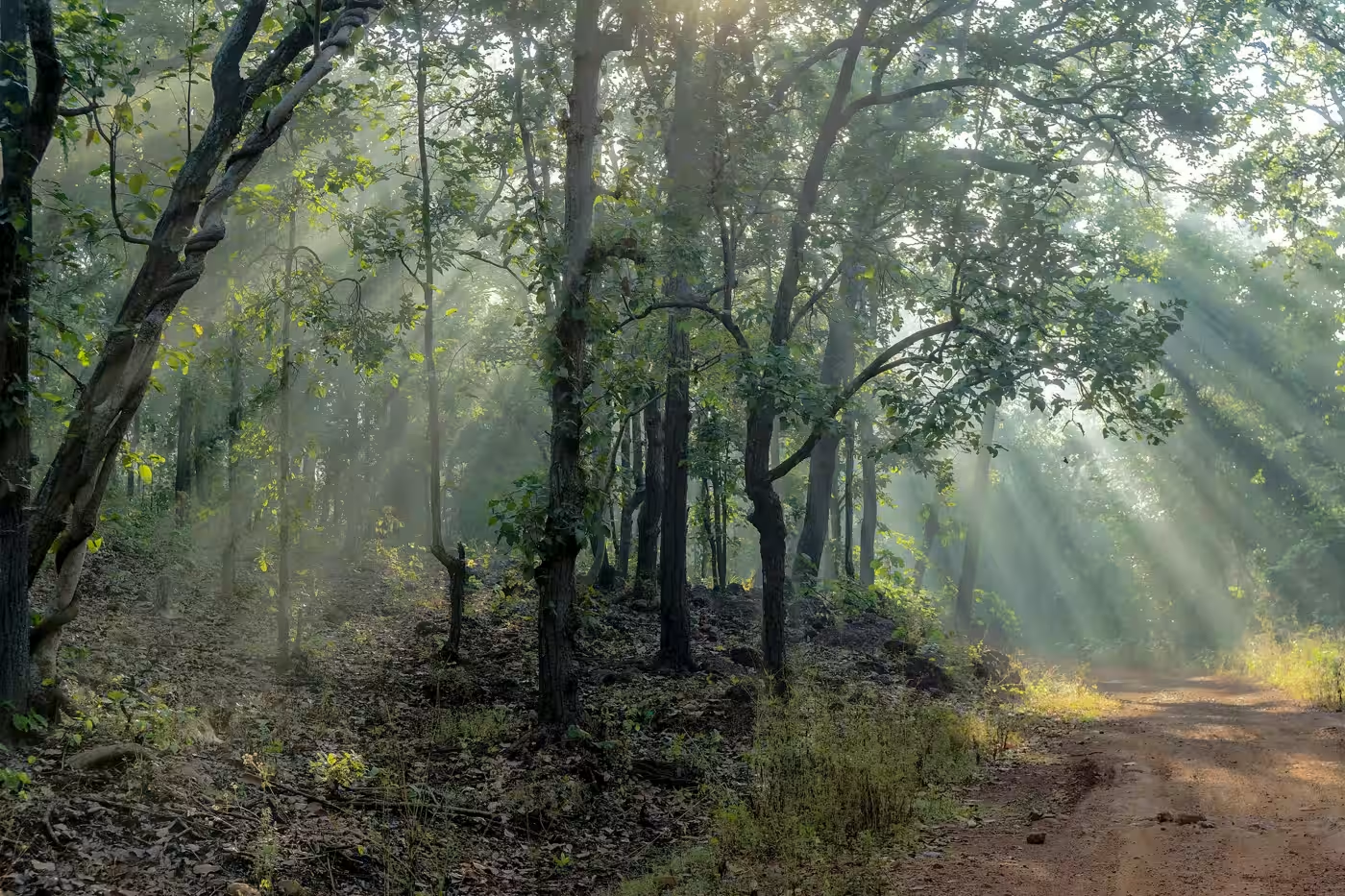
Maharashtra's greatest wilderness. Home to tigers, ancient forests, and experiences that will change you forever.
In the beginning, there was Taru. Not the park, not the reserve—just a Gond chieftain whose legend would outlive empires. When he fell to a tiger in mythic combat, his people didn't mourn; they deified him. Today, pilgrims still journey to his lakeside shrine, where incense mingles with forest air and ancient reverence shapes modern conservation.

The British recognised something special here, declaring it a Reserved Forest in 1879. But true protection came with independence—National Park status in 1955, expanded with the Andhari Wildlife Sanctuary merger in 1995. Today's Tadoba Andhari Tiger Reserve spans 1,727 km² of Southern Tropical Dry Deciduous Forest, where 625 km² of core habitat nurtures one of India's most successful tiger populations.
Five Gond villages remain within the buffer zones—Moharli, Kolsa, Jamni, Kanha, and Navegaon—their inhabitants now partners in conservation. Traditional honey gatherers have become naturalist guides, and ancient tracking skills serve modern wildlife research. It's a living example of how indigenous knowledge enhances scientific conservation.
The undisputed queen of Pandharpauni Lake territory. Maya's domain includes some of Tadoba's most scenic waterholes, making her one of the most photographed tigers in India.
Named "Little Star" for the distinctive mark on her forehead. This young female has established herself in the Moharli sector, often seen with cubs near the main safari routes.
The "Broken-pot" tiger, named for his distinctive facial markings. A dominant male whose territory spans multiple zones, making encounters unpredictable and exciting.
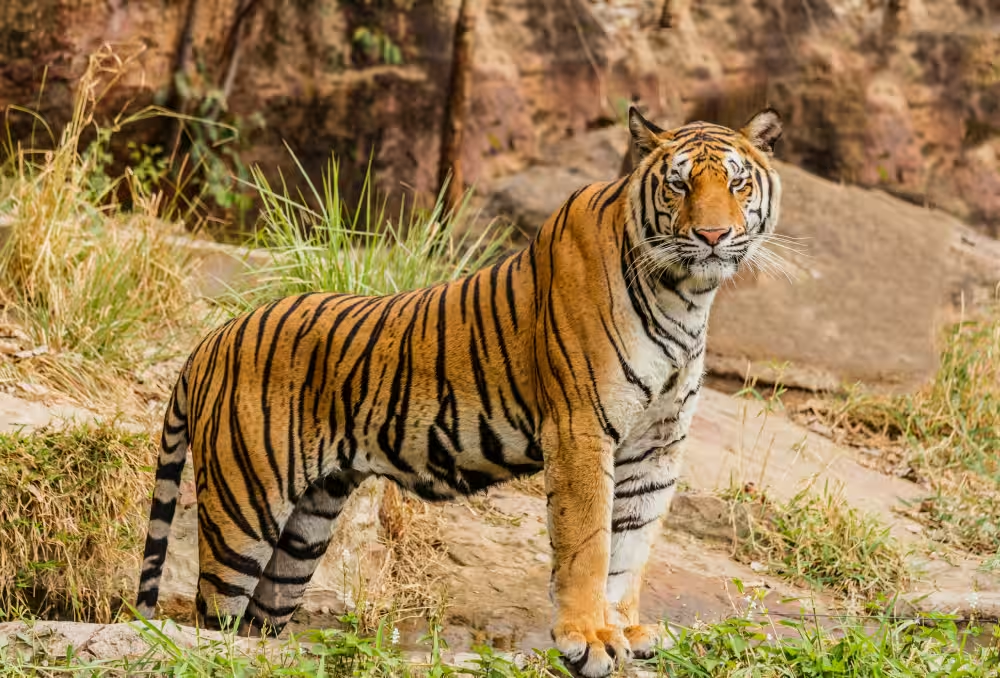
Tadoba's Southern Tropical Dry Deciduous Forest is an intricate world built on Teak ("Tectona grandis"). These giants, some over 200 years old, create a multi-layered canopy system that defines the entire ecosystem.
This layered system supports an incredible diversity of life. The bamboo understory alone harbors over 60% of the forest's mammal species, from tiny shrews to massive gaur.

Understanding Tadoba's layout is crucial for planning meaningful safaris. Each zone offers different experiences, from classic core wilderness to community-integrated buffer areas.
Interactive map showing the exact central location of Limban Resort
The protected heart of the reserve with minimal human presence and maximum wildlife density.
15 minutes from Limban. Maya's primary territory with scenic lake circuits.
25 minutes from Limban. Most popular gate with excellent infrastructure and consistent sightings.
70 minutes from Limban. Remote and pristine, often less crowded.
Areas where conservation coexists with local communities, offering different wildlife experiences.
25 minutes from Limban. Diverse terrain excellent for birding and year-round access.
35 minutes from Limban. Mixed forest-grassland with good leopard sightings.
45 minutes from Limban. Connected to Navegaon National Park.
November - February
Peak visitor season
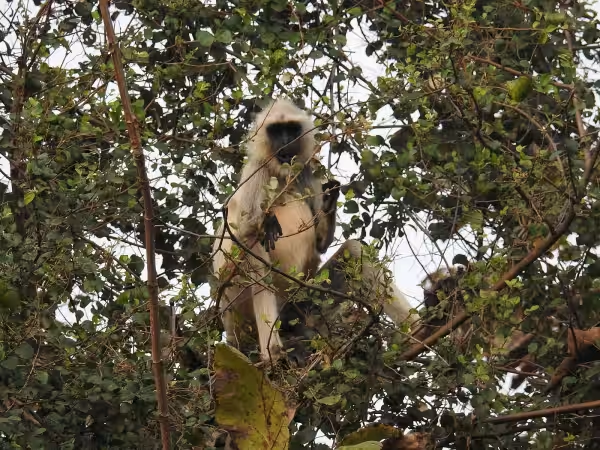
March - June
Prime sighting season
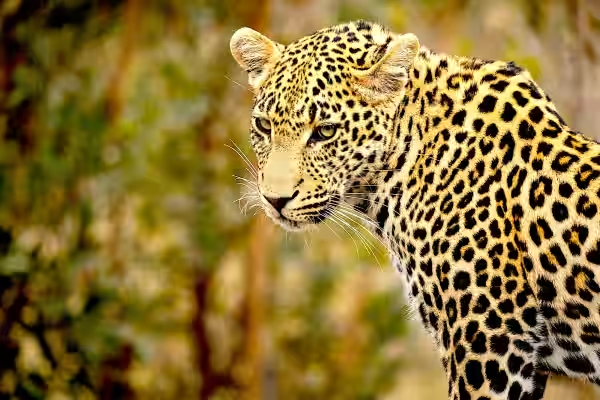
July - October
Limited core access
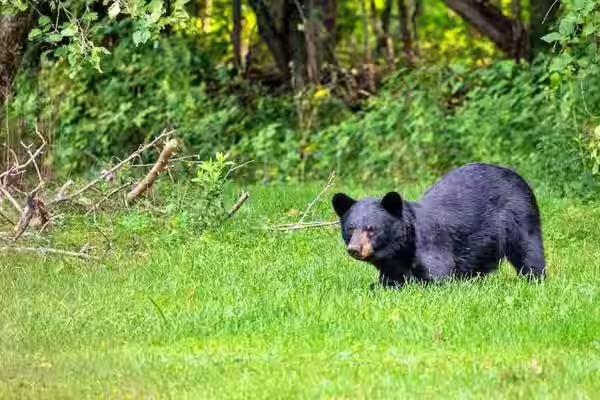
As a Limban guest, we handle all safari bookings for you through the official Maharashtra portal. We recommend booking your stay first, then we'll secure the best available permits based on your preferences for gates and timing. We know which zones are performing well each season.
Core zones are completely closed every Tuesday for wildlife rest. Buffer zones are closed every Wednesday. We build your itinerary around these closures and can suggest alternative activities on closure days.
All seasons: Neutral colors only (khaki, olive, brown), full sleeves, closed shoes, hat, sunglasses.
Winter: Layers for cold mornings (5-10°C), light jacket, scarf.
Summer: Lightweight cotton, extra sun protection, electrolyte tablets.
Monsoon: Light rain jacket, quick-dry fabrics, waterproof day pack.
We recommend minimum 4-6 safaris over 3-4 days for a meaningful experience. This allows you to visit different zones, experience both morning and afternoon timing, and increases your chances of diverse wildlife encounters. Each safari reveals different aspects of the ecosystem.
Phones are deposited at the gate to prevent location sharing that causes vehicle crowding at sightings. This protects animal welfare and ensures better experiences for everyone. It also eliminates the distraction, letting you be fully present in the forest. Emergency communication happens via guide radios.
Every safari offers something remarkable. Beyond tigers, you'll encounter leopards, wild dogs, sloth bears, massive gaur, and over 280 bird species. The forest's soundscape—alarm calls, bird songs, rustling leaves—tells stories as compelling as any sighting. Many guests say their "no tiger" safaris were their most educational.
Camera fees apply to lenses above 250mm focal length, typically ₹250-500 per safari depending on lens size. Basic cameras and phones (when allowed in buffer zones) are usually free. We can advise on current fee structures and help with payments at gates.
Safaris require sitting quietly for 3-4 hours on sometimes rough tracks. Children 8+ typically do well with proper preparation. For younger kids or guests with mobility concerns, we can arrange shorter nature walks, resort-based activities, and visits to the interpretation center. Our naturalists are skilled at engaging all age groups.
Now that you understand what awaits in Maharashtra's greatest wilderness, let us craft your perfect Tadoba experience. From the moment you arrive at Limban, we'll guide you through every step of your transformative journey into the wild heart of India.
Trusted by wildlife enthusiasts worldwide